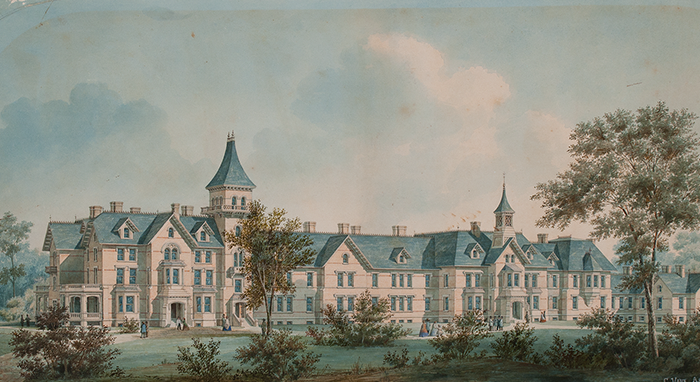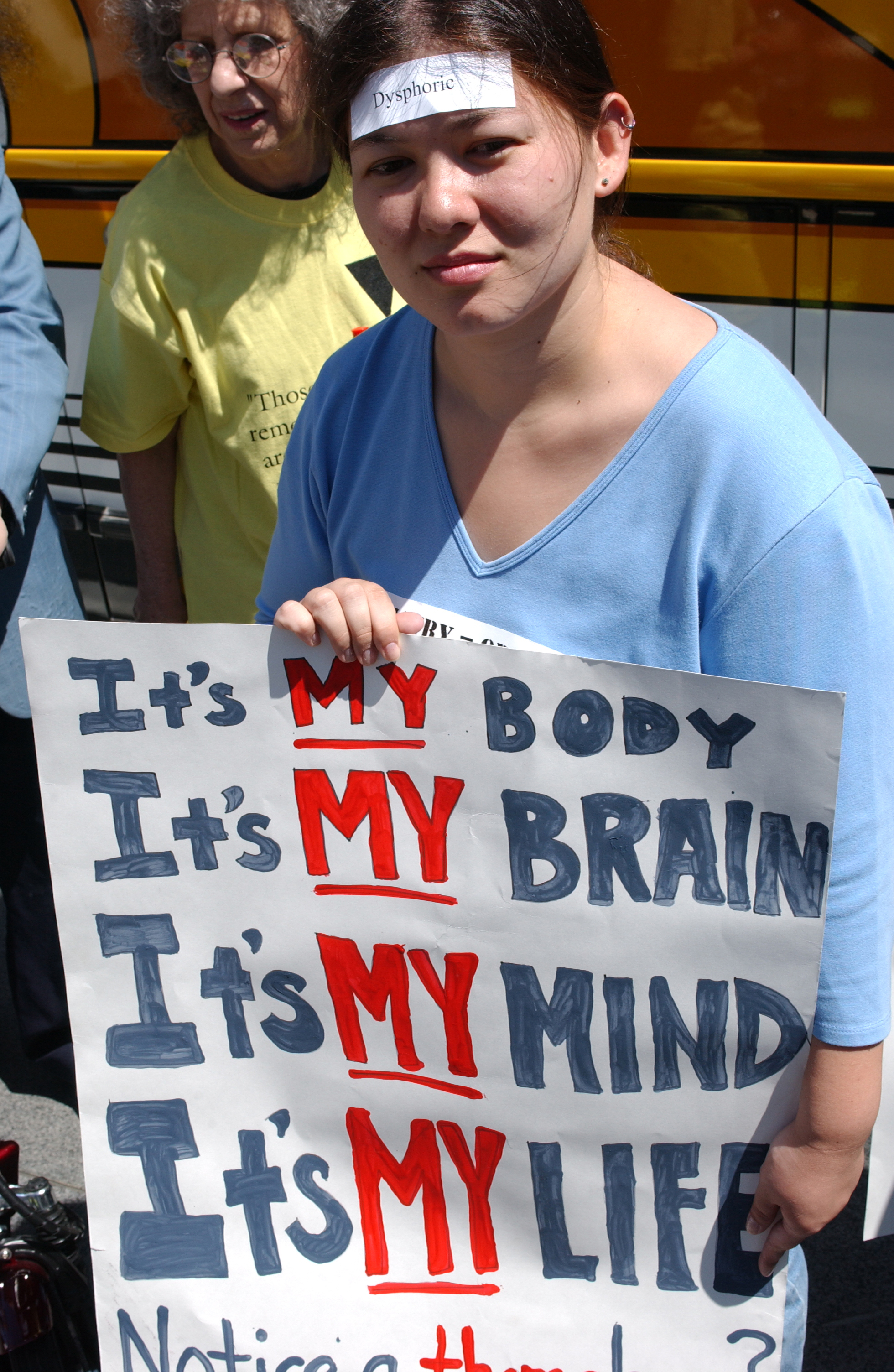Over the past 200 years in the United States, a tension has existed between care and custody as responses to mental health.
Throughout this history, the actions of physicians, advocates, and government agencies have all shaped mental health policies.
In the 19th century, dozens of states constructed asylums in rural settings where people were treated with sedative drugs, hydrotherapy, and work regimens. Families often committed their relatives to these institutions when their behaviors made them unable to work or carried a risk of violence, removing them from their homes and communities.
The growth of cities and wage labor made it harder for families, particularly ones from working-class and immigrant backgrounds, to care for their family members who could not work. Overcrowding became a major issue and people housed in asylums often lived in cramped quarters, worked without pay, or experienced violence.

"How has society moved away from custodial forms of treatment for people with mental health conditions?"
A series of asylum exposés after World War II led policymakers in the 1950s to question large-scale institutional care. New developments in psychotherapy and drug treatments made it easier to deliver medical treatment in local settings. Advocates argued for a more inclusive society and challenged the practice of involuntary confinement. As a result, mental hospitals dramatically reduced their number of beds, a process called “deinstitutionalization.”
People who could not access adequate social services and medical care often became vulnerable to arrest in a new era of mass incarceration. Many people with mental health conditions increasingly went to jail for misdemeanors and drug offenses. State officials began to build psychiatric wards in prisons and jails and many states converted closing mental hospitals into prisons. New issues of custody re-emerged in mental health.
Today, breaking the cycle of incarcerating people with mental health conditions involves multiple stakeholders. Police departments have conducted trainings to foster a better understanding of mental health conditions. Local governments have created mental health and drug courts to provide community-based treatment, not confinement.
Many activists called for a voice and a choice in their recovery and worked to ensure self-determination, peer supports, and access to holistic health approaches. Other advocates called for access to medical treatments in the community and behind bars, and the reduction of incarceration rates overall.

"How have people sought a more inclusive society?"








